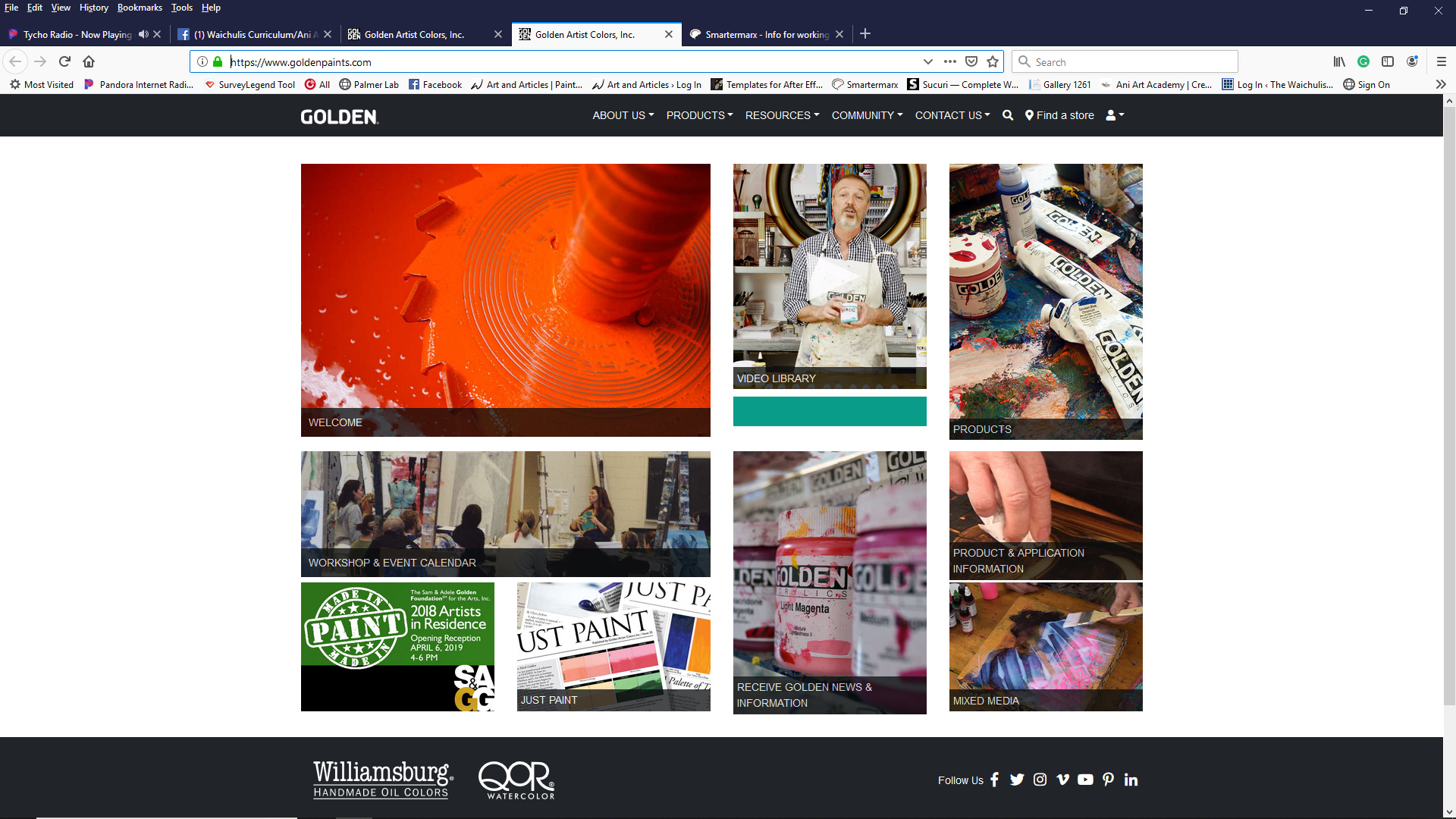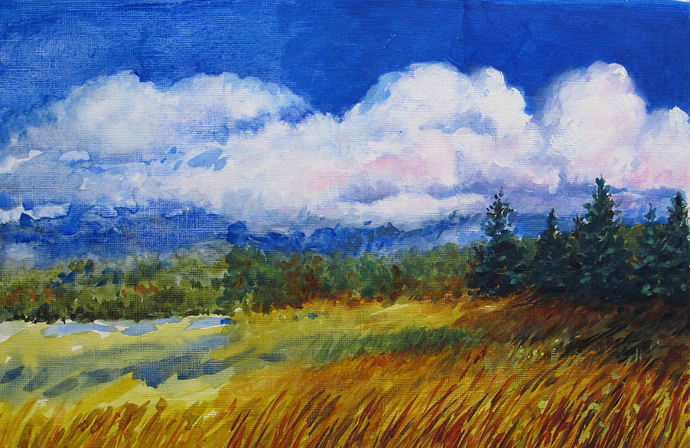Painting Oils on top of Acrylic
Painting and Photo by David Cunningham
Recently on social media, artist David Cunningham asked his online colleagues if any of them engage in acrylic underpainting as part of their oil painting process. Amid the discussion, David stated that while he loves the process–we was warned (by conservators) the process was a bad idea. So, as usual, we set out to see what the possible problems could be.
The most robust resource that we were able to find on this topic came from the Golden Artist Colors, Inc. website.
In the technical section of their site they state:
OIL OVER ACRYLIC GROUNDS
A significant body of research in conservation science, and more than 40 years of actual use, has repeatedly proven that high quality acrylic gesso provides excellent adhesion for oil paints and can be considered a fully archival and suitable ground for oil painters to work on.
OIL OVER ACRYLIC PAINTS, GELS, and MEDIUMS
Evidence suggests that adhesion is rarely the issue when using oils over a wide range of acrylic products, and most oil paints should adhere well to the majority of our gels, paints, and mediums. Almost all acrylic paint films, regardless of sheen, are still porous enough to allow oils to penetrate sufficiently and form a reasonably strong bond. The real concern with oils is their tendency to crack as they become increasingly brittle and inflexible with age. This is true regardless of whether the oils are on top of acrylics or more traditional materials. Because of this, we do not recommend using oils over a very thick application or texture, of any material, without some concern. The reason is that these materials will likely change over time, as well as expand and contract in response to the environment, at a different rate then the more fragile oils can accommodate. Ultimately it is these factors, rather than the use of acrylics per se, that leads to the potential of cracking.
Golden Colors then goes on to state that you should follow some simple guidelines to lessen such risks:
Work on inflexible supports whenever possible.
Make sure all acrylic materials are completely dry and fully cured beforehand.
Maintain a matte surface.
Avoid using over soft, spongy materials.
Keep in a stable environment.
Avoid rolling or flexing when possible.
You can read the entire post from Golden Artists Inc., here:
Contact info for Golden Artist Colors, Inc.:

Golden Artist Colors, Inc.
188 Bell Road
New Berlin, NY 13411-9527 USA
Toll Free: 800-959-6543
Fax: 607-847-6767
help@goldenpaints.com
www.goldenpaints.com


